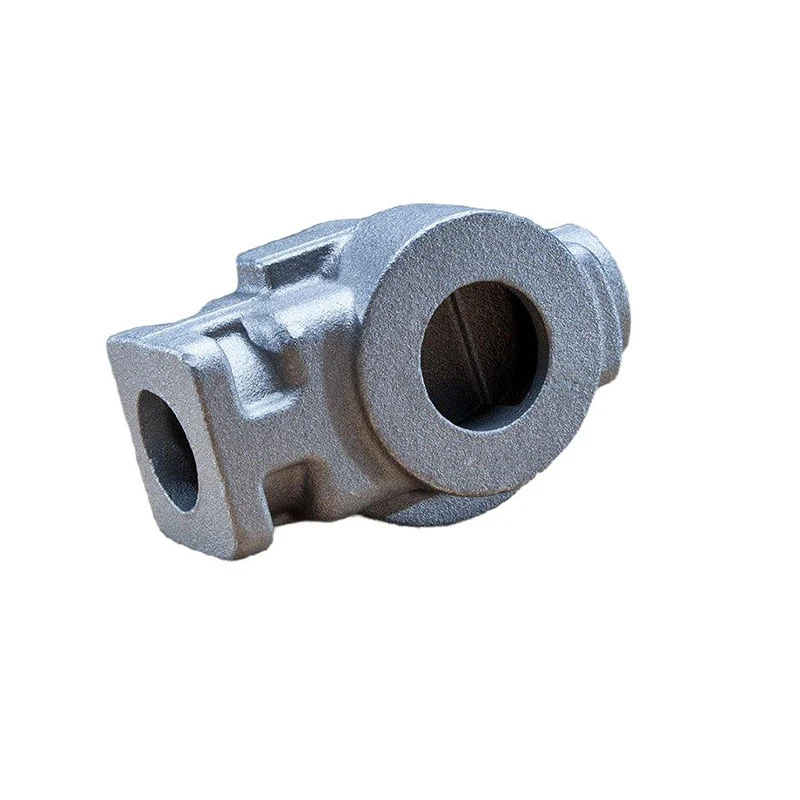Exploring the Technology and Benefits of Stamped Parts in Modern Manufacturing
Innovations in Stamped Parts The Future of Manufacturing
In the fast-evolving world of manufacturing, stamped parts have emerged as a crucial element in various industries, from automotive to aerospace, electronics, and beyond. The process of stamping involves shaping and cutting metal sheets into specific forms using high-pressure machines, creating components that are both lightweight and robust. This article explores the significance of stamped parts, their manufacturing process, innovations in the field, and their future in the industry.
The Importance of Stamped Parts
Stamped parts play a vital role in assembling complex components in modern machinery and products. Their lightweight nature contributes to energy efficiency in vehicles and electronic devices, while their strength ensures durability. For instance, in the automotive industry, stamped parts are integral in the production of body panels, brackets, and structural components, contributing to the overall performance and safety of vehicles.
One of the key benefits of stamping is precision. Advanced stamping machines can create high-quality parts with tight tolerances, which is essential for many applications where reliability is non-negotiable. Aerospace companies, for example, rely on precisely stamped components to ensure the safety and functionality of aircraft.
The Stamping Process
The stamping process typically begins with a flat piece of material, often steel or aluminum. The metal sheet is fed into a stamping press, where a die and punch system shapes it into the desired form. Various techniques can be employed in stamping, including blanking, bending, and piercing, allowing manufacturers to produce a myriad of part designs.
Modern stamping technology has introduced automation and computer numerical control (CNC) systems, enabling manufacturers to achieve higher speeds and improved accuracy. Additionally, advancements in die technology have allowed for more complex designs and more efficient production processes, reducing waste and costs.
Innovations in Stamped Parts
stamped part

The stampeding industry is witnessing a wave of innovations aimed at enhancing production efficiency and the quality of the finished products. One notable trend is the shift towards lightweight materials. With the automotive and aerospace industries pushing for fuel efficiency and reduced emissions, manufacturers are increasingly using advanced materials like high-strength steel and aluminum alloys in stamping processes.
Moreover, the rise of additive manufacturing, commonly known as 3D printing, complements traditional stamping by enabling rapid prototyping and the creation of complex part geometries that would be difficult to achieve through stamping alone. This hybrid manufacturing approach allows companies to innovate faster and respond to market demands effectively.
Another noteworthy innovation is the integration of Industry 4.0 principles, which incorporate IoT (Internet of Things) and AI (Artificial Intelligence) into the production processes. By using smart sensors and data analytics, manufacturers can optimize operational efficiency, monitor machine performances in real-time, and predict maintenance needs, ultimately reducing downtime.
Sustainable Practices in Stamping
As environmental concerns continue to rise, the stamping industry is under pressure to adopt more sustainable practices. Manufacturers are increasingly looking to minimize waste and reduce energy consumption during the stamping process. Strategies such as improving recycling methods for scrap metal and investing in energy-efficient machines are becoming more common.
Additionally, companies are exploring ways to design stamped parts that require less material without compromising strength and durability. This not only helps in conserving resources but also aligns with the circular economy concept, where products and materials are reused and recycled.
Future Prospects
The future of stamped parts is bright, driven by technological advancements and the ever-evolving demands of various industries. As manufacturers continue to innovate and streamline processes, the capabilities of stamped parts will expand. With ongoing improvements in automation, materials science, and sustainability practices, stamped parts will undoubtedly remain at the forefront of manufacturing.
In conclusion, stamped parts are an indispensable component of modern manufacturing, providing high-quality, precise, and cost-effective solutions across various sectors. As the industry continues to embrace innovation and sustainability, stamped parts will play a pivotal role in shaping the future of manufacturing, ensuring that it meets the demands of a rapidly changing world while contributing to a more sustainable future.
-
OEM Sand Cast Pump Valve Fittings - Baoding Hairun Machinery And Equipment Trading Co., Ltd.NewsAug.01,2025
-
Custom OEM Impellers | High Efficiency & PrecisionNewsAug.01,2025
-
OEM Sand Cast Pump Valve Fittings - Baoding Hairun Machinery | Customization, Quality AssuranceNewsAug.01,2025
-
OEM Sand Cast Pump Valve Fittings - Baoding Hairun Machinery And Equipment Trading Co., Ltd.NewsAug.01,2025
-
OEM Sand Cast Pump Valve Fittings - Baoding Hairun Machinery And Equipment Trading Co., Ltd.NewsJul.31,2025
-
OEM Sand Cast Pump Valve Fittings - Baoding Hairun | Precision Engineering, CustomizableNewsJul.30,2025















